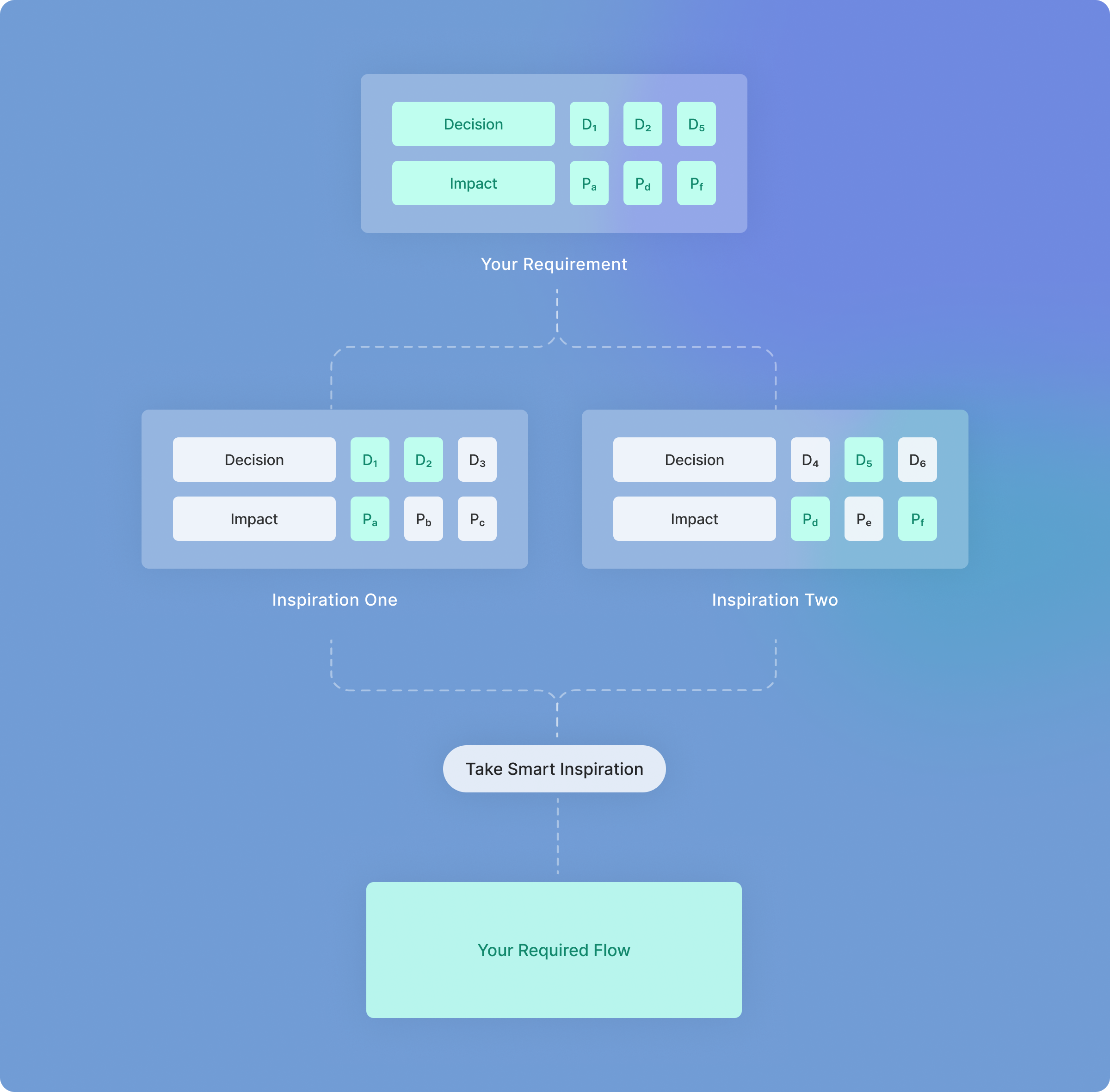
This week, our team was focusing on the Product-Led Growth (PLG) launch of our product. (If you’re new to PLG, I recommend “Product-Led Growth: How to Build a Product That Sells Itself” — a detailed discussion for another time!) Our primary goal was clear: equip users with everything necessary to effortlessly pass along product among their connections, with an emphasis on generating leads along with virality.
A primary feature we worked on was the ‘Share Link’, allowing users to easily share product pages with captions like, “Hey, I found an amazing product; we can do ‘X’ with it!” We looked into multiple flows for implementing ‘Share Link’ in different products such as Notion, Figma, Zoom, Gmeet, Canva, Loom, ChatGPT, Perplexity and the list goes on. The objective: focusing on strategies that successfully convert shared links into user signups.
I generally find deep research immensely valuable, but the purpose of this post isn’t to summarize that research — you can rely on your preferred LLMs for that. Instead, I’m here to share my experience actually building this deceptively simple feature.
We started with the discussion that we want to give our users accessibility to share whatever they like from our product with others. The first hurdle we came across was onboarding and authentication flow, solving which was integral to all subsequent decisions.
Our next strategic decision revolved around user access: who can view and interact with shared links — Authenticated vs. Unauthenticated users. This fundamental choice required balancing between Virality x Lead Generation.
Given our product’s goals, Lead Generation weighed more. Several parameters steered this decision, typically related to the product’s intended audience, business model, and functional domain.
Once user access was established via the shared link, we tackled the next critical decision — Interaction limits:
- Unauthenticated users: Since our primary goal was generating leads, we intentionally limited interaction capabilities for these users, strategically prompting them to sign up whenever they attempted deeper interactions. Less immediate usability encouraged users to register and engage more deeply. But in cases where Virality weighs more, softening the limitations are encouraged.
- Authenticated users: For authenticated users, usability decisions are influenced by the pricing strategy, which can be dynamic depending on the product’s maturity and market stage. When a product is new and still gaining traction, like ours, the pricing approach aims to maximize user familiarity and adoption. Hence the usability should be increased for the target audience. As the product matures and gains market share, a shift towards a stable, long-term pricing model occurs, gradually restricting certain functionalities for free authenticated users to incentivizing upgrades and revenue growth.
Now, let’s discuss UX design for ‘share link’ — arguably the most crucial step following strategic decision-making. The product & UX team should ensure seamless, yet goal-aligned user journeys for every potential path. My key recommendations are:
- Keep all the strategic decisions taken along the way in your mind while creating flows.
- While taking inspirations from existing flows in the products, make sure the decision tree that they followed aligns with your requirements.
- Iteratively test variations, evaluating each tweak with impact associated to determine the most effective flow.

Reflecting on this experience, I’ve realized how a seemingly straightforward feature is actually filled with complex, thoughtful decisions. It’s fascinating how careful consideration and strategic thinking can deeply impact the effectiveness and success of even the simplest features like “Share link”.
Feel free to share this link with someone who might buy me a coffee ;p